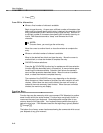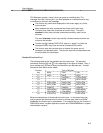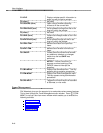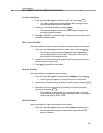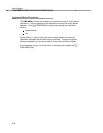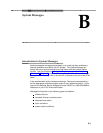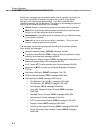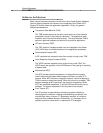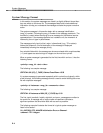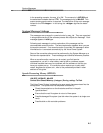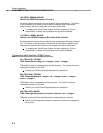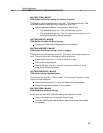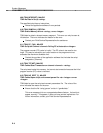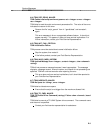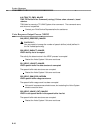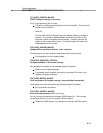
System Messages
System Message Format
In this section, the system messages are listed in a slightly different format than
they are written to the errors file. The messages listed here include additional
information to help you understand the message and take the proper corrective
action.
The system messages in this section begin with a message identification
(msg_id) number. Following the msg_id number is the message mnemonic. The
mnemonic is useful when identifying an error message for the National service
representatives. If the message pertains to a hardware unit, the mnemonic is
followed by the unit type in parentheses.
The message priority level (critical, major, informational) (e.g., TR or status).
follows the mnemonic. A brief description of the message is displayed
immediately following the message priority.
Any variable fields within the message are shown enclosed within angle brackets
( <>) and appear as actual strings or integers on the monitor or printer.
When a system message is generated for the first time within an hour, it has the
following format:
<priority> <msg_id> <text> <time>
The following is a sample message:
CRITICAL 904 (CS_C_FUSE) Cabinet Fuse Blown 15:30
If a system message is generated repeatedly within a short time (typically, within
a few minutes), the following message format is used to avoid flooding the errors
file with duplicate messages:
<priority> <# instances> <msg_id> <mnemonic> <time>
The following is a sample message:
CRITICAL 40 instances of 904 (CS_C_FUSE) by 15:31
The first, tenth, twentieth, fortieth, eightieth, and so on, messages are written to
the errors file. A message with a large number of repetitions indicates a
significant problem that should be dealt with as soon as possible.
The following example illustrates the format of a typical system message as
listed in this section:
311 (INITASH) (TR), MAJOR Initialization Error on Channel:
<channel> TR: <integer>
B-4



